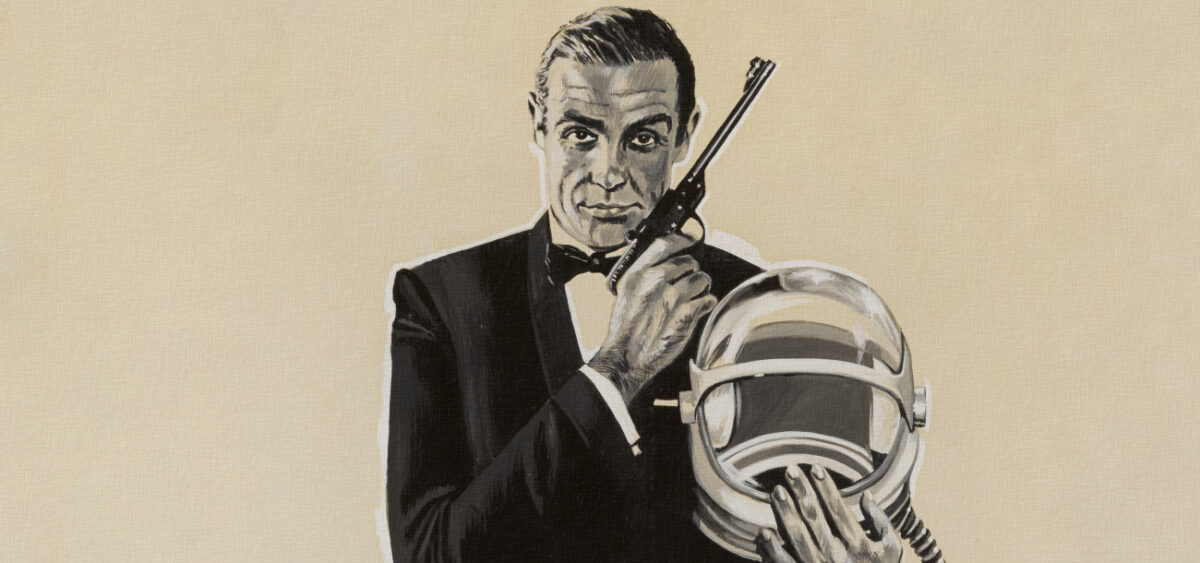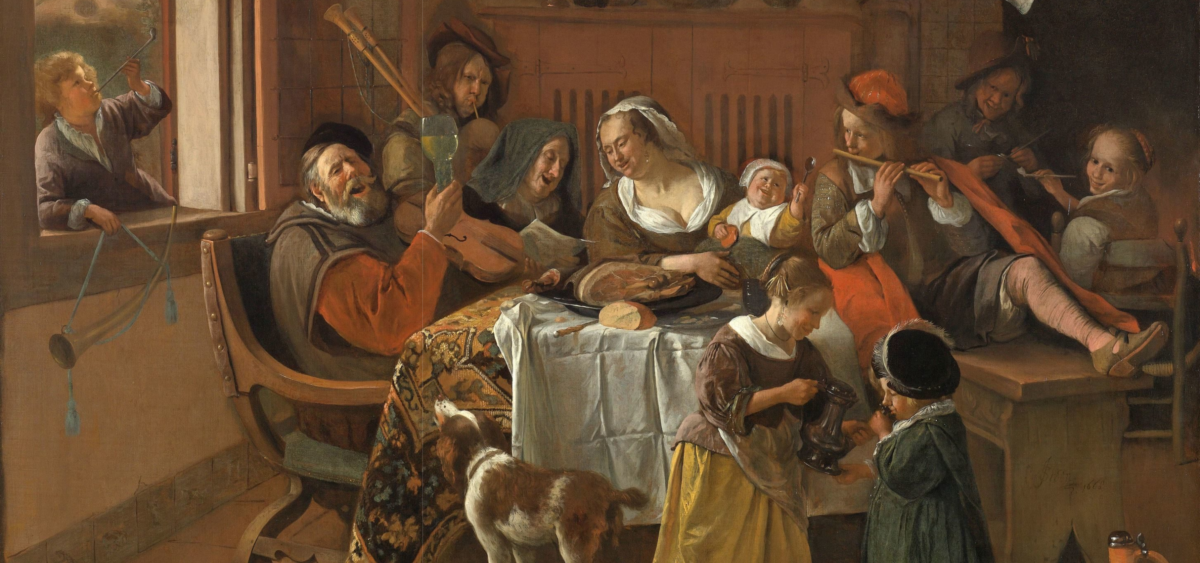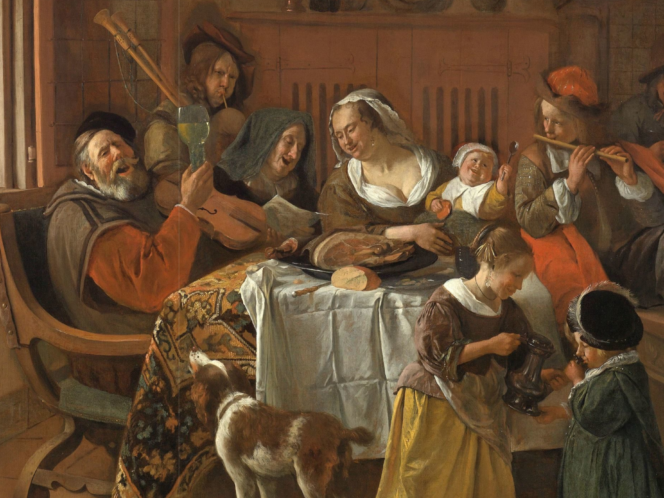
British soft power is a cogent way of conquering the hearts of foreigners. James Bond, Mary Poppins, Banksy and Manchester United are only some of the agents in Her Majesty’s service. Nowadays, they might play an even bigger role than the military. Fascination with the British royal family is common across the entire world. In the US, the last royal wedding attracted almost 30 million viewers, which is impressive given that the country was formed after a rebellion against the British monarchy. The broadcast was also a smash hit in another former colony, India. According to the editors of The Times of India, this event gathered a total global audience of 1.9 billion.
Icons of pop culture
Great Britain traditionally makes it to the very top of annual soft power rankings. In the past two years, it ranked third (2019) and second, while a year earlier it was first. The ranking is developed by the independent consulting company Brand Finance (based in London). It takes into account 30 different factors, and each country can score up to 100 points. Brand Finance defines soft power as a “country’s ability to influence the preferences and behaviours of various actors in the international arena (states, corporations, communities, publics etc.) through attraction or persuasion rather than coercion.”
Soft power rests on seven pillars: business and trade, management, international relations, culture and heritage, media and communication, education and science, as well as people and values. Indeed, except for management (Brexit and poor handling of the pandemic) and international relations (remnants of colonialism), Great Britain is among the world leaders. Its notable strength is media and communication, with a key role played by the BBC, which attracts 426 million radio listeners and television fans every week. However, the true might of Britain is revealed in culture and heritage.
“Shaken, not stirr








